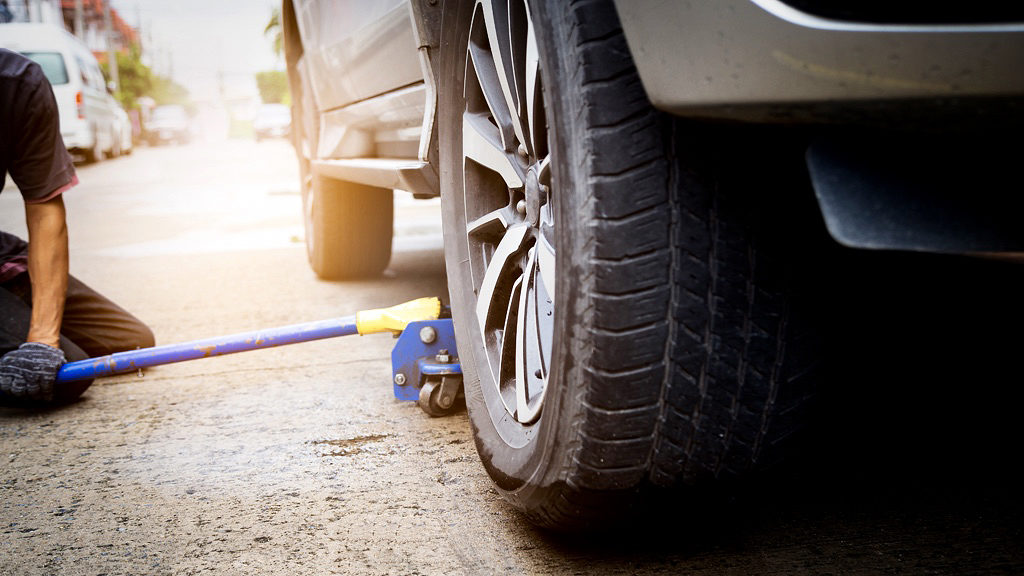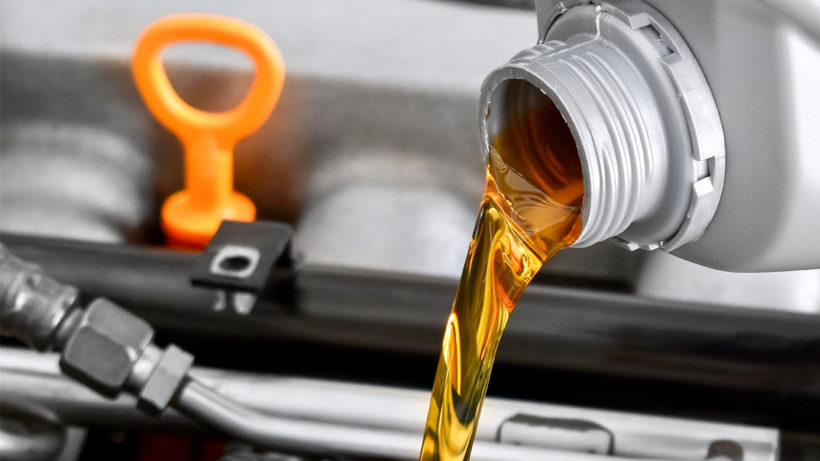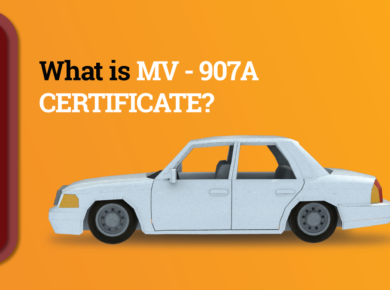We’ve covered everything about keeping your car clean, preparation for winter and summer driving, and explained whether you should buy a salvage vehicle if you aren’t familiar with car repair. An “oil” lamp on a dashboard is a warning sign that suggests changing the oil. An oil change is an integral component of car maintenance, as engines require lubrication and oil helps to avoid abnormal wear and tear. Regular oil changes help your engine last longer, function properly, and prevent serious problems. This guide on how to replace engine oil will help you learn to maintain your car by yourself.
Step 1: Prepare equipment
First, consult the driver’s manual to find out what kind of oil you need and how much. Keep in mind that different types of oil are suitable for different climates: some engine oil is better for high temperatures, etc. To replace the engine oil you’ll need:
- a pair of rubber gloves and safety glasses
- a set of wrenches
- rags
- wheel chocks and jacks
- a container with new oil
- a container for used oil
Make sure that you have a dipstick. You’ll need to check the oil level both before and after the change.
Step 2: Park your car and secure it

Once you’ve prepared everything you need to replace the oil, park your vehicle on even and stable ground. Make sure you put the transmission in “park” mode (for cars with automatic gearbox) or in “neutral.” Let the engine warm up for a few minutes and then stop it. Lengthen the time for the engine to cool if your car was in use for a couple of hours. While the motor and the oil temperatures decrease, secure the vehicle with wheel chocks to prevent rolling and lift your car with a jack. Never use a single jack since it can be extremely dangerous. It’s better to secure the car with two jacks, as you need to crawl under the car’s body and the lifting capacity of a single jack can be insufficient to hold the vehicle. Put your glasses and locate the oil pan under the car. Put the container for used oil below the undercarriage and unscrew the drain plug with a wrench. Wait until the oil completely drains out of your car. It usually takes 10-15 minutes if the oil isn’t too viscous.
Step 3: Replace the oil filter

Remove the oil filter after you drained the oil. To change it, you’ll have to crank the filter off the engine with the help of plain sandpaper. After, clean the filter compartment with a dry rag and put in a new lubricated filter, screwing it in clockwise to its place on the oil pan. Please note that different wrenches work best for different cars, thus you have to consult the driver’s manual to see which oil filter and wrench type is suitable for your vehicle.
Step 4: Pour new oil

To prevent spilling oil on the engine or on yourself, use a funnel to facilitate pouring. You’ll have to find a cap marked with an “oil” sign on the engine, unscrew it and pour the amount of liquid, suggested by the automaker. Check the dipstick to measure the oil level: if it is between the minimum and the maximum, you did everything correctly. Hand-tighten the oil cap after you’ve done everything and start the ignition to test how the engine works. Allow the motor to cool and check the oil level once more using the dipstick. Don’t forget to make sure all caps are properly tightened.
Step 5: Document the oil change
Document the oil change date and the car’s mileage. Most cars can run approximately 3,000 miles in between oil changes, so make sure to change your oil on schedule, otherwise the engine can be subjected to extensive and fast wear and tear. However, this number changes depending on the mileage and the vehicle’s overall technical condition. Make sure to properly dispose of used oil.
Bottom Line
Car maintenance isn’t always difficult: you can replace the oil without visiting service stations. Following these simple steps will help you save big in the long-run. You can find your dream car on a budget with Salvagebid. To start bidding, you’ll have to register with us, upload a copy of your government-issued ID or passport, and place a refundable security deposit. Fill in our online form or call us at + 1 (360) 347-1300 (6:00 AM – 3:00 PM PST, Monday through Friday) with any questions. Our representatives will be happy to help.








